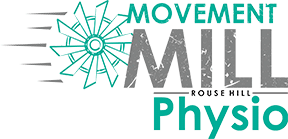Unlocking the Secrets of Vertigo: Your Guide to Understanding Vestibular Disorders Hello everyone,
I’m thrilled to share a significant milestone in my journey as a vestibular physiotherapist: completing the Vestibular Competency Course provided by Vestibular Education Australia.
In the coming weeks, we’ll delve deeper into vestibular disorders and explore effective screening and diagnostic techniques. Let’s start with the TiTrATE approach, a game-changer in understanding and managing these conditions.
Timing: Assessing the timing of dizziness is crucial. Is it brief, lasting seconds, or persistent for hours or days? This detail helps pinpoint the issue.
Triggers: Identifying potential triggers is key. Does dizziness relate to specific head movements, body position changes, crowded environments, or extended computer use? Recognizing these triggers is vital.
Associated Symptoms: Vestibular disorders often accompany symptoms like tinnitus, hearing loss, or nausea. These clues guide diagnosis and treatment.
Now, the targeted examination: I’ll conduct essential assessments, including ocular alignment, skew deviation, VOR testing, and eye fixation tests. These build a comprehensive patient profile and guide treatment.
Stay tuned for more insights as we delve into these aspects further. Vestibular disorders present challenges, but with the right knowledge, we can make a positive impact on patients’ lives.
Warm regards,
Steve Fong
Vestibular Physiotherapist at Meadowbank Physio

